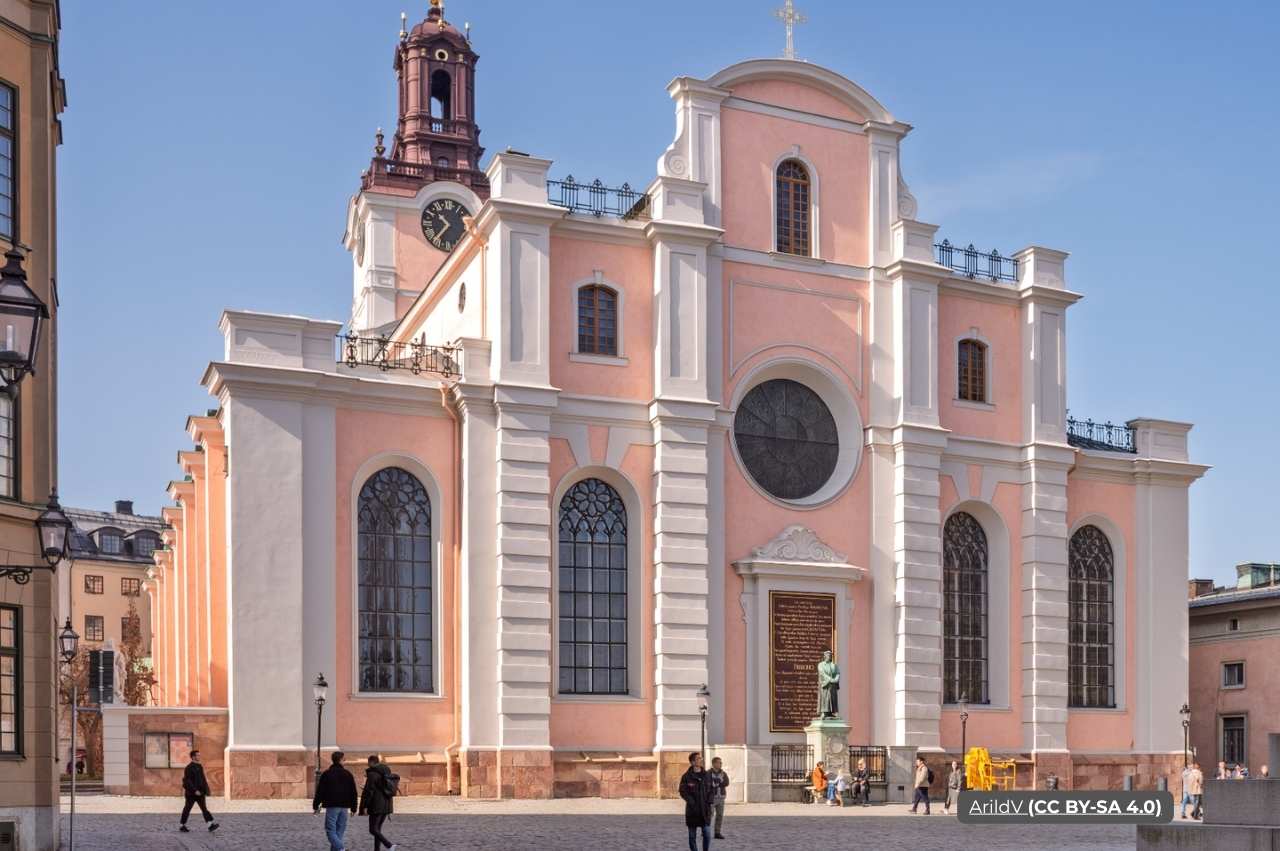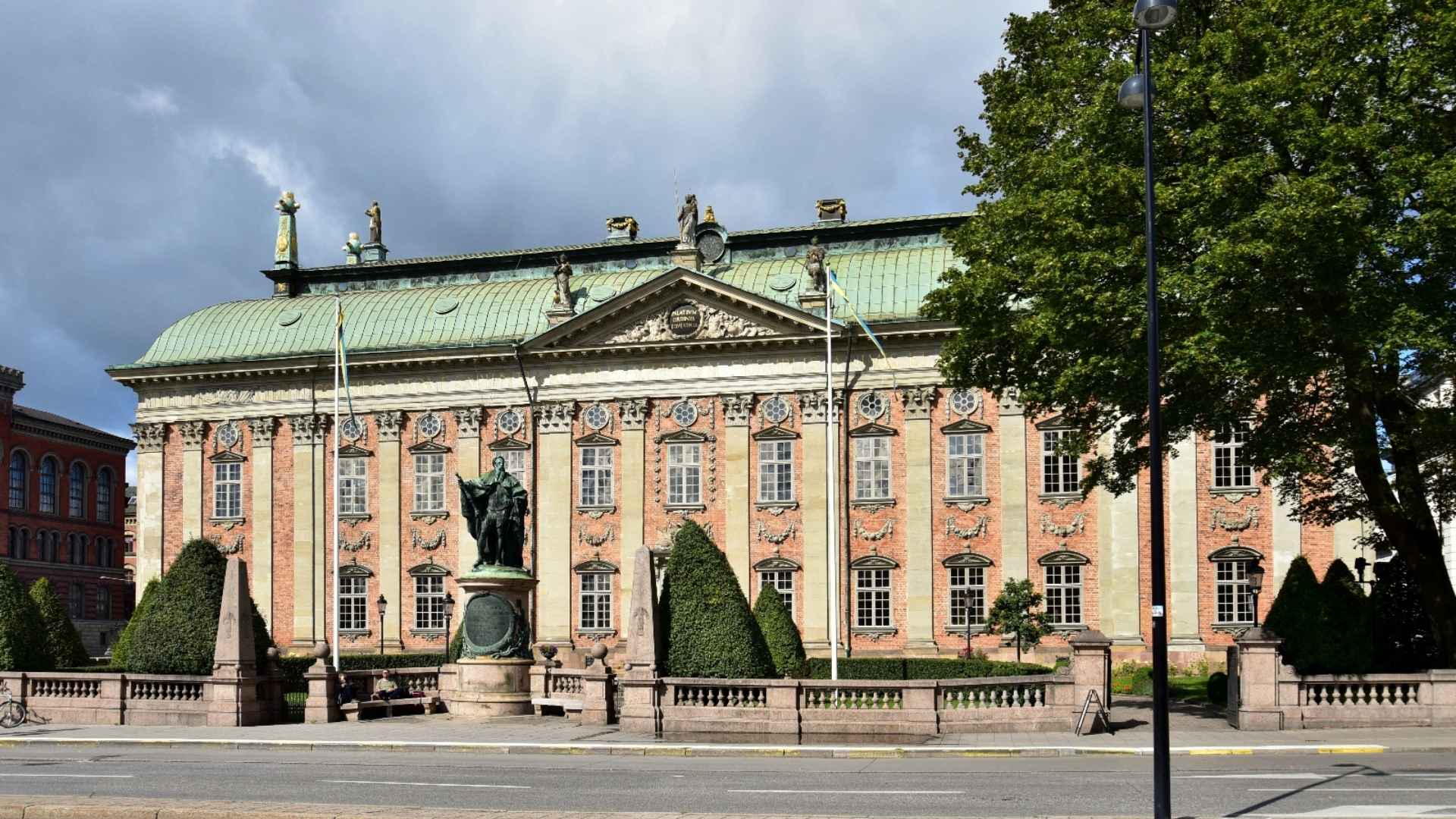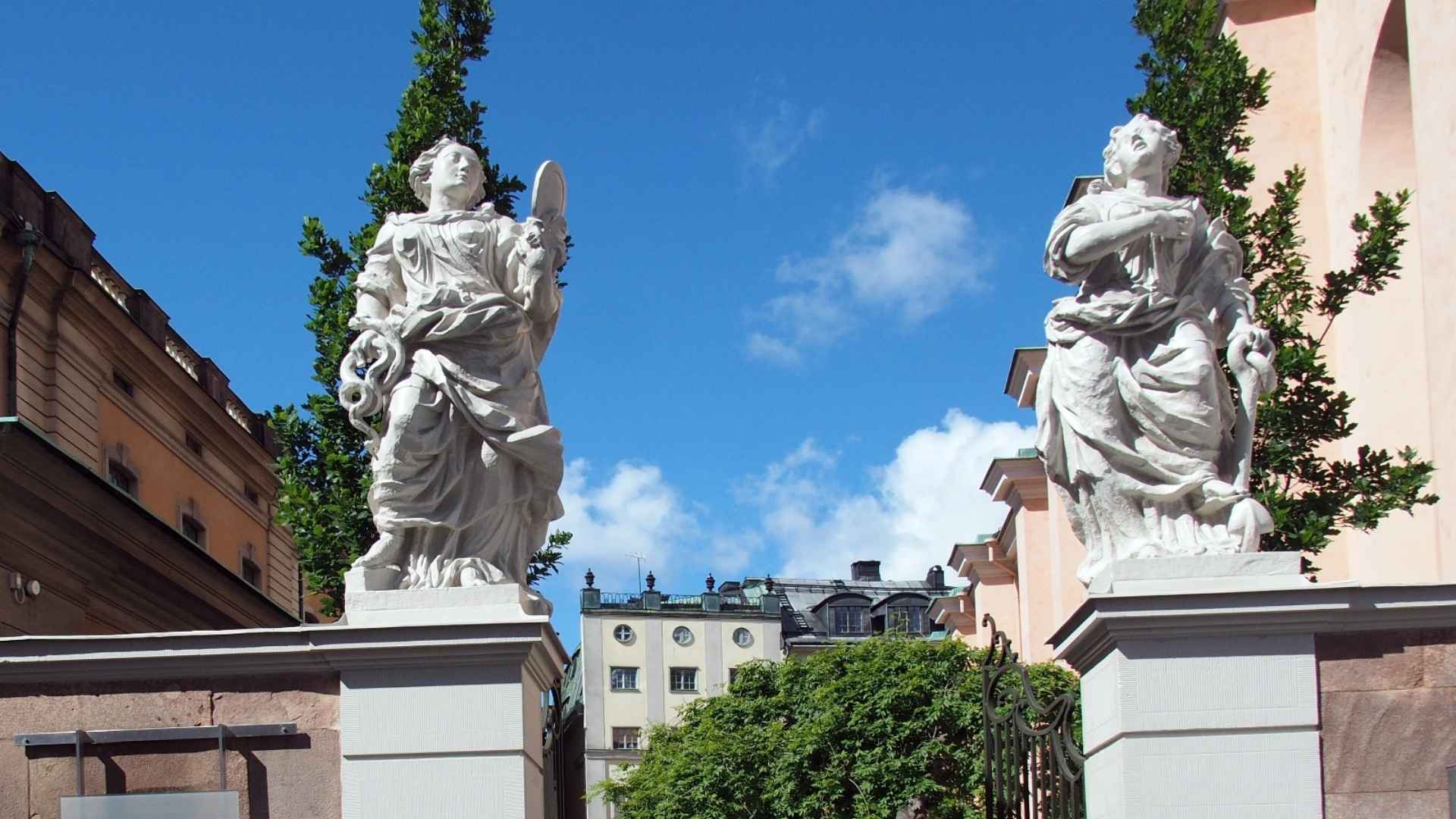TLDR
Stockholm Cathedral, consecrated in 1306, is the city's oldest building where Sweden's Reformation began. This Lutheran church houses the famous St. George and the Dragon sculpture and has hosted royal coronations for centuries.
I've visited Stockholm Cathedral multiple times, and each visit reveals something new about this 700-year-old building. Tucked between the Royal Palace and Stortorget in Gamla Stan's heart, Storkyrkan (as locals call it) looks modest from outside but packs centuries of Swedish history inside those walls.
The cathedral played a starring role in Sweden's Protestant Reformation, witnessed royal coronations, and still serves as an active church today. Whether you're interested in religious history, medieval art, or just want to escape Gamla Stan's crowds for twenty minutes, this place delivers.
What is the story behind Stockholm Cathedral?

Stockholm Cathedral's history starts in the 13th century when Stockholm itself was founded. The church was consecrated to Saint Nicholas in 1306, making it Stockholm's oldest building.
Originally Catholic, the cathedral became Sweden's Protestant ground zero in 1525 when Olaus Petri preached the first Lutheran sermon in Swedish here instead of Latin. This moment marked Sweden's break from Rome. Over centuries, Swedish monarchs donated money to expand the building, adding chapels and decorations to show their power.
The cathedral witnessed the Stockholm Bloodbath aftermath, royal coronations including Magnus IV in 1336, and most recently Crown Princess Victoria's wedding to Prince Daniel in 2010.
What denomination is Stockholm Cathedral?
Stockholm Cathedral belongs to the Church of Sweden, an Evangelical Lutheran denomination. The church became Lutheran in 1527 during Sweden's Reformation under King Gustav Vasa, abandoning its Catholic origins.
Today it's part of the Diocese of Stockholm and serves as the diocese's mother church. Services happen in Swedish, though they offer Holy Communion in English every Sunday at 6 PM (except the first Sunday of each month). The Church of Sweden maintains Lutheran traditions while remaining relatively liberal and inclusive compared to other Lutheran denominations.
The cathedral welcomes visitors of all backgrounds and beliefs, functioning both as a historic monument and active place of worship.
What is the oldest cathedral in Stockholm?
Stockholm Cathedral is the oldest church in Stockholm, consecrated in 1306, making it over 700 years old. There's some debate about whether another church stood on this site before 1306, but no older churches survive in Stockholm today.
The building you see now incorporates elements from different centuries. The interior maintains its medieval Gothic structure with brick pillars and vaulted ceilings dating to the 14th and 15th centuries. The exterior's Baroque facade was added in the 1700s, completely changing how the cathedral looks from outside.
Riddarholmen Church, built in the 13th century as part of a Franciscan monastery, rivals the cathedral's age but serves different purposes today.
How long does it take to visit Stockholm Cathedral?
Plan 30-45 minutes for a thorough visit of Stockholm Cathedral. I've breezed through in 20 minutes when rushed, but you'll miss details worth seeing. The audio guide (included with admission) takes about 30 minutes and provides context you'd otherwise miss.
If you attend a service or concert, add another 30-60 minutes depending on the program. The cathedral isn't massive like Notre-Dame or St. Peter's, so you won't get exhausted walking around. Photography is allowed, and I recommend taking time to study the St. George and the Dragon sculpture up close.
The cathedral often gets crowded between 11 AM and 2 PM when tour groups arrive, so early morning or late afternoon visits offer more peaceful experiences.
What should you see inside Stockholm Cathedral?
The St. George and the Dragon sculpture dominates the cathedral's interior, carved by Berndt Notke in 1489. This 3.75-meter wooden masterpiece commemorates Sweden's victory over Denmark at the Battle of Brunkeberg. The detail is extraordinary, from the dragon's scales to St. George's armor.
The Silver Altar, actually an ebony triptych with silver veneer depicting the Last Supper, sits at the east end. Royal pews designed by Nicodemus Tessin the Younger show the connection between Swedish monarchy and church. The exposed brick pillars and Gothic vaulted ceilings create this soaring interior that photographs beautifully.
Don't miss the pulpit's intricate carvings and the stained glass windows filtering colored light across the stone floor.
What is the most famous building in Stockholm?

This depends who you ask, but Stockholm City Hall probably wins as Stockholm's most famous building. The City Hall's 106-meter tower with three crowns symbol appears on countless postcards and hosts the Nobel Prize banquet every December.
The Royal Palace competes for this title as one of Europe's largest palaces with over 600 rooms. Stockholm Cathedral ranks high historically but doesn't match City Hall's architectural fame or the palace's size. City Hall's location on the waterfront, distinctive National Romantic architecture, and Nobel connection give it an edge.
That said, the cathedral's 700-year history and role in Sweden's Reformation make it historically more significant than City Hall, built in 1923.
Is it okay to speak English in Stockholm?
Absolutely, and you shouldn't worry about it at all. About 86% of Swedes speak English fluently, especially in Stockholm where that number climbs even higher.
I've watched tourists ask directions in broken Swedish only to have Stockholmers immediately switch to perfect English. Most Swedes learn English from first grade through high school, plus Swedish TV shows foreign programs with subtitles rather than dubbing them, giving continuous exposure to English. Restaurant menus often appear in English, museum exhibits include English translations, and virtually every shop, hotel, and attraction has English-speaking staff.
Some Swedes might seem reserved initially, but they're generally helpful and appreciate when visitors try a few Swedish words like "tack" (thanks) before conversing in English.
How much does it cost to visit Stockholm Cathedral?
Stockholm Cathedral charges admission of around 80-120 SEK for adults (approximately $8-12 USD), with the price varying depending on exhibitions. Students and seniors get reduced rates, while children under 18 enter free.
The Stockholm Pass includes cathedral admission along with 60+ other attractions, potentially saving money if you're visiting multiple sites. Your ticket includes an audio guide accessible via smartphone, providing historical context and stories about major artifacts.
Services and concerts are usually free to attend, though they request donations. Payment works via card or cash, though cards are heavily preferred throughout Stockholm. The ticket office sits at the cathedral entrance, and lines rarely stretch beyond five minutes except during peak summer afternoons.
When is the best time to visit Stockholm Cathedral?
Visit Stockholm Cathedral early morning (10-11 AM) or late afternoon (3-4 PM) to avoid tour group crowds. I found weekday mornings particularly peaceful, with maybe 10-15 other visitors instead of the 50+ that pack in around noon.
The cathedral opens at 10 AM daily and closes around 4-5 PM depending on season, with extended summer hours. December brings special Christmas services and concerts worth experiencing, though Gamla Stan gets extremely crowded with Christmas market visitors. Spring and fall offer the best balance of manageable crowds and pleasant weather for exploring Gamla Stan afterward.
Check the cathedral's website before visiting because special services or events sometimes close it to tourists, particularly during royal occasions or major religious holidays.
Is it worth seeing Stockholm Cathedral?

Yes, especially if you're already exploring Gamla Stan. Stockholm Cathedral doesn't rank among Europe's grandest churches, but its historical significance to Swedish identity makes it worth 30-45 minutes.
The St. George and the Dragon sculpture alone justifies admission, and you won't find another place where Sweden's Reformation story comes alive so tangibly. The combination of Gothic interior and Baroque exterior creates interesting architectural contrast rarely seen in one building.
That said, if you're choosing between this and the Vasa Museum or Royal Palace, those attractions deliver more wow factor. The cathedral works best as part of a Gamla Stan walking tour hitting multiple sites rather than a standalone destination requiring special trips across the city.
What else should you see nearby Stockholm Cathedral?
Gamla Stan packs dozens of attractions within a ten-minute walk from the cathedral.
The Nobel Prize Museum sits directly across Stortorget square in the old Stock Exchange building, showcasing Nobel laureates and Alfred Nobel's history. The Royal Palace stands 150 meters north with its daily Changing of the Guard ceremony and multiple museums inside.
Stortorget itself deserves time to photograph the colorful merchant houses and grab fika at one of the cafes. The German Church (Tyska kyrkan) rises just two blocks away with its distinctive 96-meter spire and Baroque interior.
Riddarhuset, the House of Nobility, displays over 2,300 noble family coats of arms in its Great Hall. The Swedish Parliament building sits on nearby Helgeandsholmen island, offering free guided tours during summer.
Want to explore Stockholm at your own pace?
StoryHunt's audio walking tours let you discover Stockholm's spiritual and cultural heritage beyond the guidebook highlights.
Create personalized routes connecting the cathedral with nearby attractions, learning fascinating stories as you walk through Gamla Stan's medieval streets.

.webp)











.avif)





